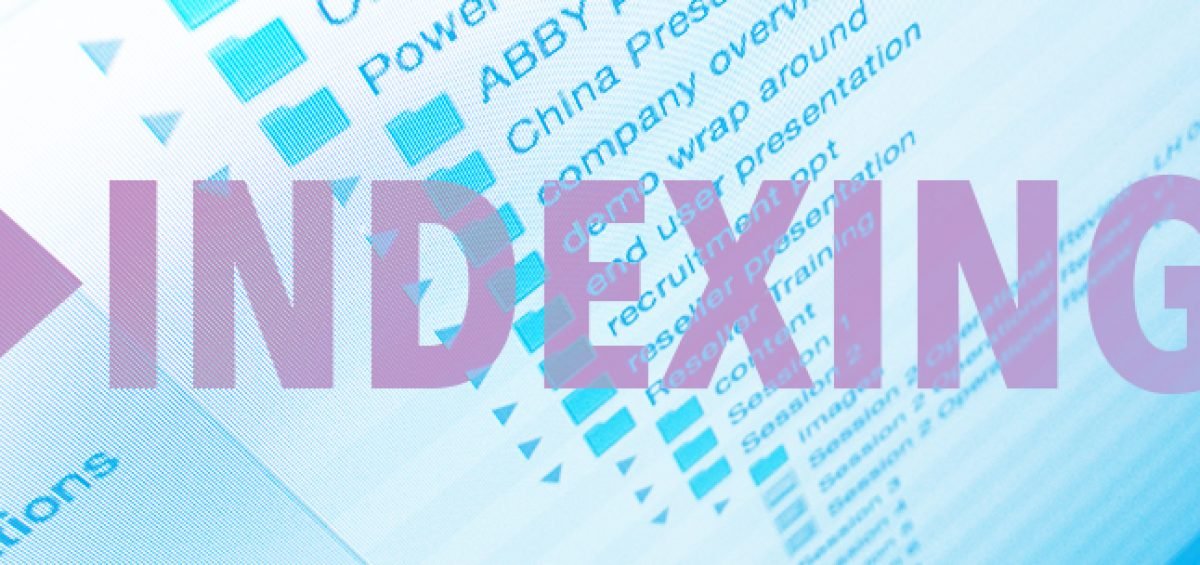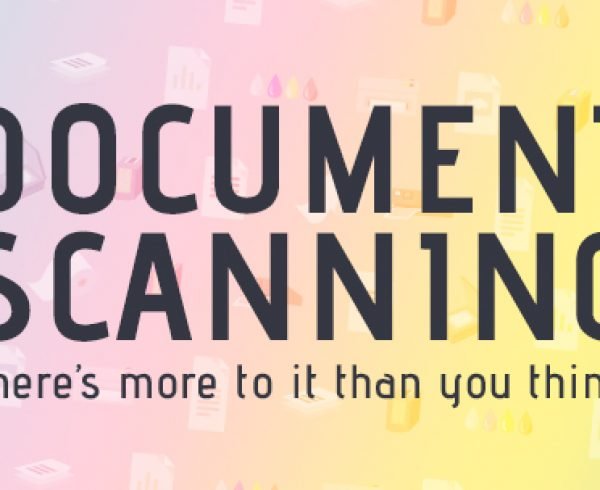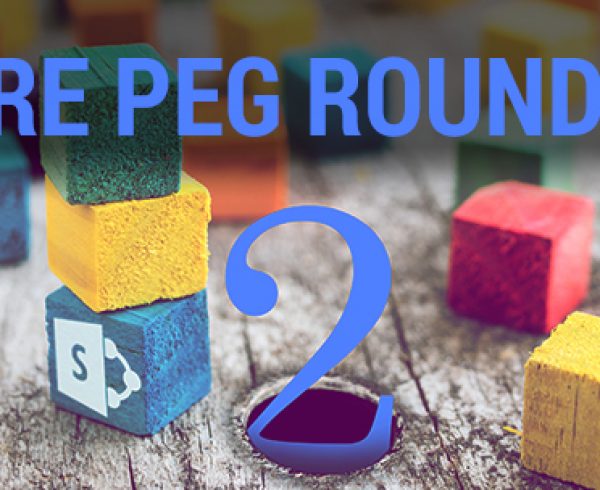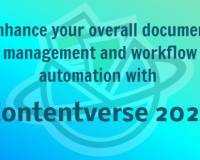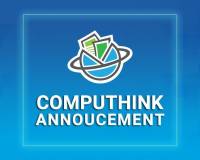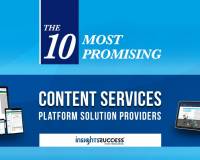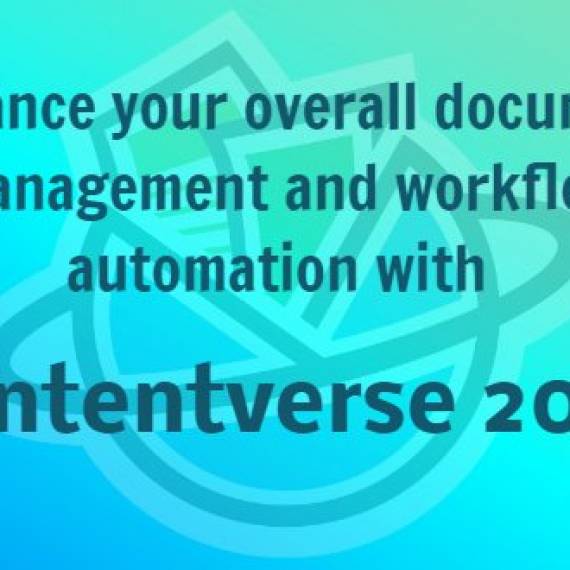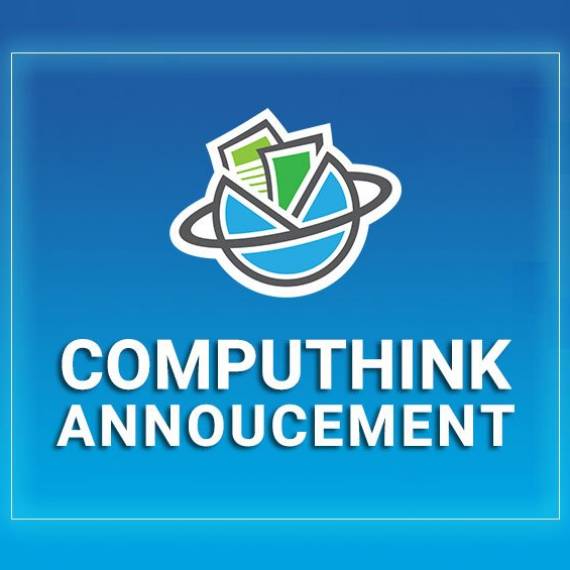Okay, let’s say you’ve scanned all your company’s documents.
Congratulations! You’re on your way to keeping your business’ irreplaceable content and records safe, backed up, and easy to access. No more wading through an ocean of paperwork just to find information you need.
But! Now that your documents are scanned, what do you do next? Sure, they may be digitized…and yes, this is a very big step forward. However, if you just scan and leave it at that, you’re kind of in the same spot you were before, with paper. True, you’ll have a digital inventory. But is it organized? Will it stay organized? Is it easy for employees to share?
The answer to all of these questions is probably “no”. Without the right indexing process, you’re most likely going to be facing a huge mass of digital files that are, indeed better than paper stacks—but still need management.
This is why indexing is critical.
Indexing “sniffs out” keywords so that you or employees can simply type them into a database, and the content containing those keywords appear. Indexing enters metadata (which are specific keywords within or describing your content) into the database, and Optical Character Recognition (or OCR) software is used to identify these keywords in order to make all your company’s content searchable.
The result?
Business information is much easier to retrieve, employees don’t waste their whole shift searching through scanned documents, and your business saves time and money. Content is simple to get at your convenience. Indexing has made the search much more efficient.
It’s a great idea to index as you scan. This is a massive time-saver, and very streamlined.
There are a number of interesting ways that indexing works.
With the proper program, such as this one from Contentverse, index-able documents can be taken from all kinds of sources, such as emails, folders, hot folders, and electronic form submissions, and be sorted into your system.


Zonal Optical Character Recognition (zonal OCR) is a technology that allows searchers to locate only the data they need from certain locations on a document, as opposed to looking through lots of unnecessary information. The purpose of zonal OCR is to extract data quickly and accurately for users.
Furthermore, the right type of indexing can also locate Optical Mark Recognition (or OMR) data – scanned documents with pre-defined marks which the program can identify and qualify. This tends to comprise forms that include checkbox and fill-in areas, such as suggestion/reply cards, surveys, ballots, questionnaires, and multiple-choice tests. Indexing is a huge help with this sort of content.
The bottom line? Proper indexing is critical. Doing it incorrectly could cause major operational problems down the road, not to mention costing you time and money. Scanning is really only as valuable as the indexing that follows it.
But trust us, once your company’s content is scanned, indexed, and ready to go, you’ll feel a huge weight off your back. Searching, sharing, and working will never be easier for your employees.


You’re on your way to that dream “paperless office”.


